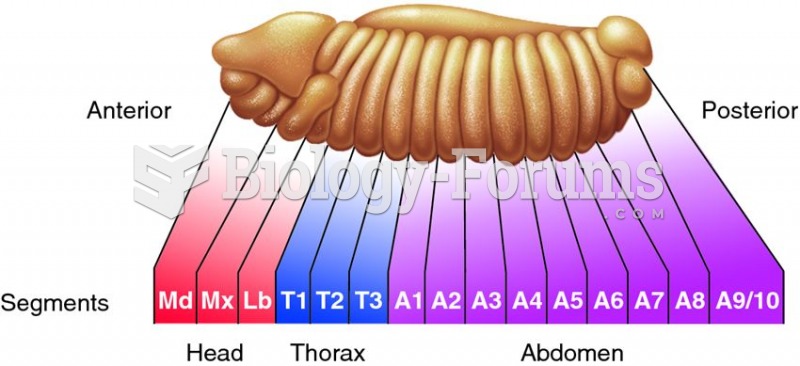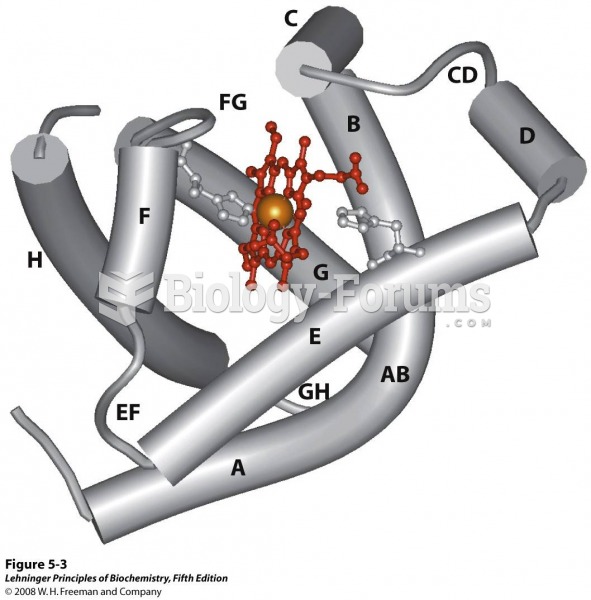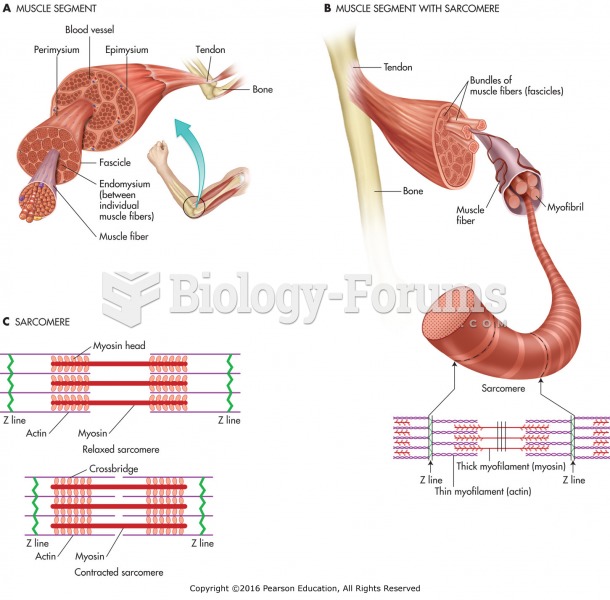Answer to Question 1
The segments of the restaurant industry are: fast food, fast casual, family dining, casual dining, upscale casual dining, fine dining, institutional, and retail foodservice operations. The definitions will vary slightly, but should include the level of service, the quality of food, the price points that each of the segments use to discern their products. The typical response for where people go for lunch is fast food and fast casual restaurants- this is typically due to time constraints and price concerns. The special occasion dining is typically at the higher end related to service, food quality, and service level- upscale casual and fine dining.
Answer to Question 2
Minimize soil, dirt, and food buildup; remove buildup immediately; avoid as many soil-collecting surfaces and recesses as possible; select smooth, nonporous surfaces; provide easy access to areas that have to be cleaned frequently; streamline electrical, gas, and plumbing connections; use covered corners on equipment and building surfaces; provide adequate drains and cleanouts; use automated cleaning and sanitizing systems. Broiler grates and other movable parts should be cleaned daily. With gas broilers it is important to check the flame. A yellow-tipped flame indicates insufficient air. The burners can be adjusted to give a blue flame. Gas ports should be kept clean. With electric broilers heating elements can be replaced when they burn out. The power should be turned off before cleaning a dishwasher. Tanks have to be drained and cleaned, wash arms removed, and lime or hard-water deposits eliminated from the rinse jets. The exterior can be cleaned with a detergent solution, rinsed, and dried. Periodic checks are necessary for leaks, and belts and conveyors are examined for wear and lubricated.







